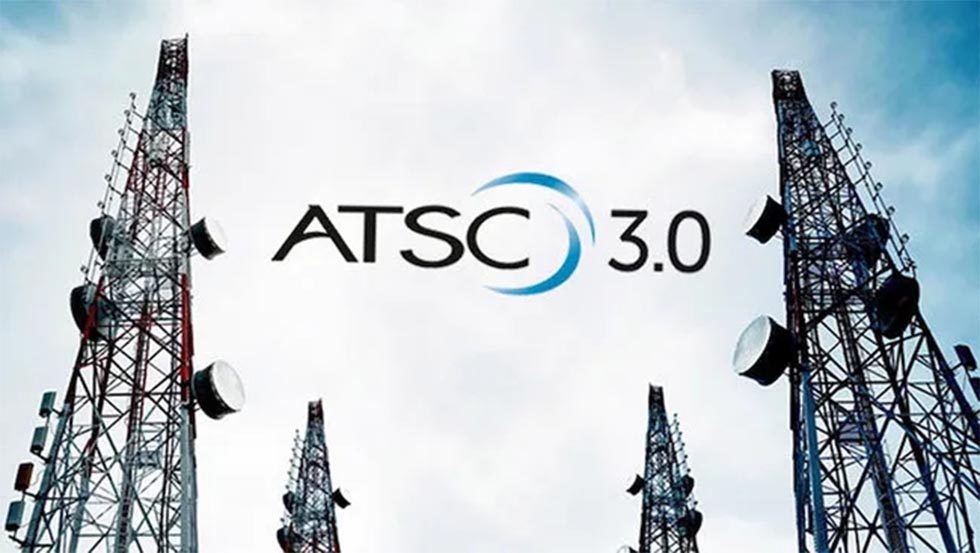Mobile Device Low-Power Antenna Tuner Revealed
Last week WiSpry announced the introduction of its WS2018, which it claims is the industry's lowest current consumption antenna tuner. The chip is positioned between the antenna and the front-end module of a mobile phone, matching the impedance of the antenna to that of the front-end throughout an 824-2174 MHz range. The key to the performance of WiSpry's tuners is the use of Micro-Electro-Mechanical Systems (MEMS) to switch multiple capacitors in and out of the circuit to create the values needed to match the impedance of the device and the antenna. WiSpry's manufacturing techniques are similar to those used for integrated circuits, allowing the MEMS and capacitors to be build on active CMOS silicon structures.
WiSpry's current line of tunable impedance matching networks (TIM) features capacitance values from 5 to 20 picofarads, with custom configurations up to about 30 picofarads. Proper impedance matching between the antenna and receiver front end are required to obtain the maximum power transfer (maximum sensitivity) and best noise figure performance from the receiver front end. I'm not aware of any of these circuits being used for portable TV receivers. Perhaps the cost is too high, but given the challenges of providing maximum sensitivity with small antennas in these devices, particularly at VHF, it may be worth a look.
Get the TV Tech Newsletter
The professional video industry's #1 source for news, trends and product and tech information. Sign up below.

Doug Lung is one of America's foremost authorities on broadcast RF technology. As vice president of Broadcast Technology for NBCUniversal Local, H. Douglas Lung leads NBC and Telemundo-owned stations’ RF and transmission affairs, including microwave, radars, satellite uplinks, and FCC technical filings. Beginning his career in 1976 at KSCI in Los Angeles, Lung has nearly 50 years of experience in broadcast television engineering. Beginning in 1985, he led the engineering department for what was to become the Telemundo network and station group, assisting in the design, construction and installation of the company’s broadcast and cable facilities. Other projects include work on the launch of Hawaii’s first UHF TV station, the rollout and testing of the ATSC mobile-handheld standard, and software development related to the incentive auction TV spectrum repack. A longtime columnist for TV Technology, Doug is also a regular contributor to IEEE Broadcast Technology. He is the recipient of the 2023 NAB Television Engineering Award. He also received a Tech Leadership Award from TV Tech publisher Future plc in 2021 and is a member of the IEEE Broadcast Technology Society and the Society of Broadcast Engineers.
